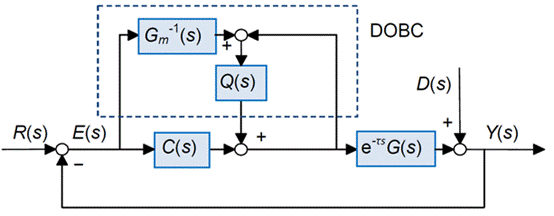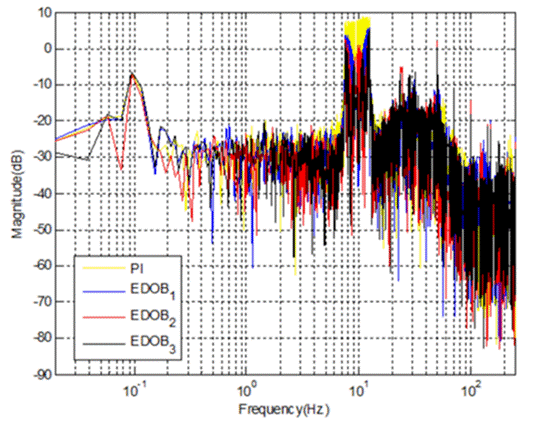IOE Proposed an Error-Based Disturbance Observer Method to Suppress the Optical Axis Vibration in Optical Telescope
Recently, a research group from IOE (CAS) proposed an error-based disturbance observer method, which is a new and real-time method to suppress the optical axis vibration in optical telescope.
Research group from the Key Laboratory of Beam Control (IOE, CAS) has been focusing on the research of error-based disturbance observer for a long time. Using the image sensor and low-pass filter without changing the closed-loop pole, they reduce the dependence on the control model and enhance the robustness of the closed-loop performance. As a result, they improve the telescope's ability to suppress mid- and high-frequency disturbances, reduce the impact of vibration on its optical axis.
Invention of the telescope and its performance improvement allow people to gradually observe farther and darker objects. However, external disturbing moments such as wind torque, platform shaking, and structural vibration will cause the optical axis of the telescope to vibrate, which will affect the imaging quality of the telescope and its ability to observe weak targets. Therefore, in order to reach the diffraction limit of the telescope, we need to suppress the optical axis vibration and reduce its influence on telescope imaging.
The research group has reviewed the current technologies for vibration suppression in optical telescope. These technologies include proportional integral (PI) control technology, linear quadratic Gaussian (LQG) control technology, disturbance feed forward (DFF) control technology and disturbance observer (DOB) control technology based on tilt mirror. The group has compared these technologies and analyzed their advantages and disadvantages through the sensitivity function of the control system. The existing control methods rely on accurate system models and accurate disturbance signals. The error-based disturbance observer method proposed by IOE can greatly attenuate the disturbance at the interference frequency, without larger waterbed effect at non-interference frequencies.
The paper published on the journal of Opto-Electronic Advances, 2020, 10(2) emphasizes the principle and design method of this controller. And on this basis, different types of filters are designed for complex disturbances.

Figure 1. Error-based DOBC tilt mirror structure.

Figure 2. Error suppression frequency response.
Contact
CAO Qiang
Institute of Optics and Electronics
Email: caoqiang@ioe.ac.cn
